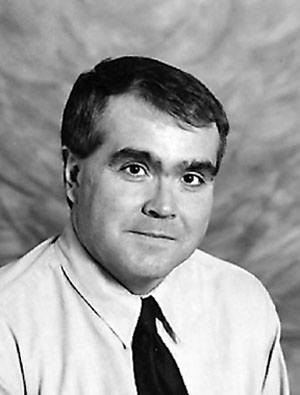Tomorrow is Remembrance Day. It is a time to commemorate the achievements of our veterans and peacekeepers and to honour all those who lost their lives in the service of Canada and our democratic way of life.
There are many military units with strong roots in Central Alberta. One of the largest was the 187 Battalion C.E.F. (Canadian Expeditionary Force), which was raised in 1916 during the middle of the First World War.
The objective of raising a full battalion in Central Alberta was a very daunting one. Hundreds of local men had already enlisted in such units as the 35 Central Alberta Horse, 12 Canadian Mounted Rifles, and several companies of the 89 Battalion.
Some people had already offered the opinion that Alberta had been more or less cleaned out of the young men eligible for overseas service.
However, the losses on the Western Front had been horrific at such bloodbaths as the Battles of St. Julien and the Somme. At the Somme, the British forces suffered 57,470 on the first day of the fighting and an average of 2,943 men per day for the rest of the battle.
Thus, the need to find fresh recruits was urgent. Given the daunting task of raising a new unit of several hundred men, the recruiting officers looked to teenagers, older men and veterans who had already seen service in the war and had returned home, usually because of wounds.
Moreover, men who had been previously been deemed unfit for overseas service, because of some physical or health problem, were now eagerly accepted.
Despite all of the challenges, the 187 had some impressive successes when active recruitment began on April 26, 1916. Within 10 days, more than 250 volunteers had been signed up. By mid-June, the numbers exceeded 550.
On June 16, 1916, the regimental colours of the 187 Battalion were officially presented at an impressive ceremony at the Innisfail fairgrounds. Edward Michener, the M.L.A. for Red Deer, made the presentation.
The training camp for the 187 was at the fairgrounds at Red Deer. However, conditions in the camp were poor. There was soon an outbreak of typhoid fever. One of the officers passed away from the illness.
The City of Red Deer, worried about the potential loss of the camp, hired a private detective to investigate. He reported that because the strain of typhoid was not one usually found in Western Canada, it was his opinion that an enemy agent had placed the typhoid germs in the officers’ food. Therefore, he felt that the typhoid outbreak was due to enemy sabotage and not the unsanitary conditions.
Despite this “expert” opinion, the men of the 187 were transferred to Calgary for further training before departing for overseas. Unfortunately, ill health continued to dog the Battalion. Many of the men came down with the mumps and were held back in Amherst, Nova Scotia until they recuperated.
The 187 headed for England on the R.M.S. Olympic, the sister ship to the R.M.S. Titanic. Once in England, the regimental colours were formally deposited in Westminster Abbey for the duration of the war.
Because of the enormous losses during the Battle of the Somme, the 187 Battalion was broken up once the men reached England. The men were then transferred to other units to fill the gaps in their ranks. However, in keeping with the military principle that men fight best when they fight alongside friends, most of the 187 soldiers ended up in the 50th Battalion from Calgary.
The men who had enlisted with the 187 Battalion saw action in such great battles as Vimy Ridge and Passchendaele. Tragically, the loss of life was high and many others suffered wounds to their bodies and/or their minds. Nevertheless, their prowess in battle and courage remained unchallenged.
After the War was over the Battalion colours were brought back to Canada and deposited in St. Mark’s Anglican Church in Innisfail. The colours were recently professionally repaired and restored. They were rededicated at a special service on June 6, 2010. That day was also the 66 anniversary of D-Day, the epic invasion of Europe in the Second World War.



